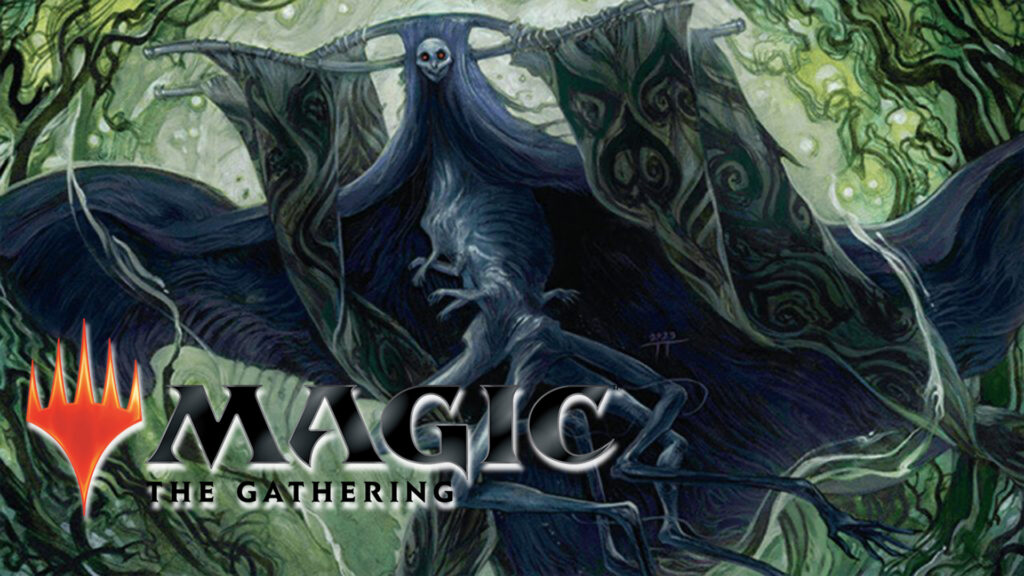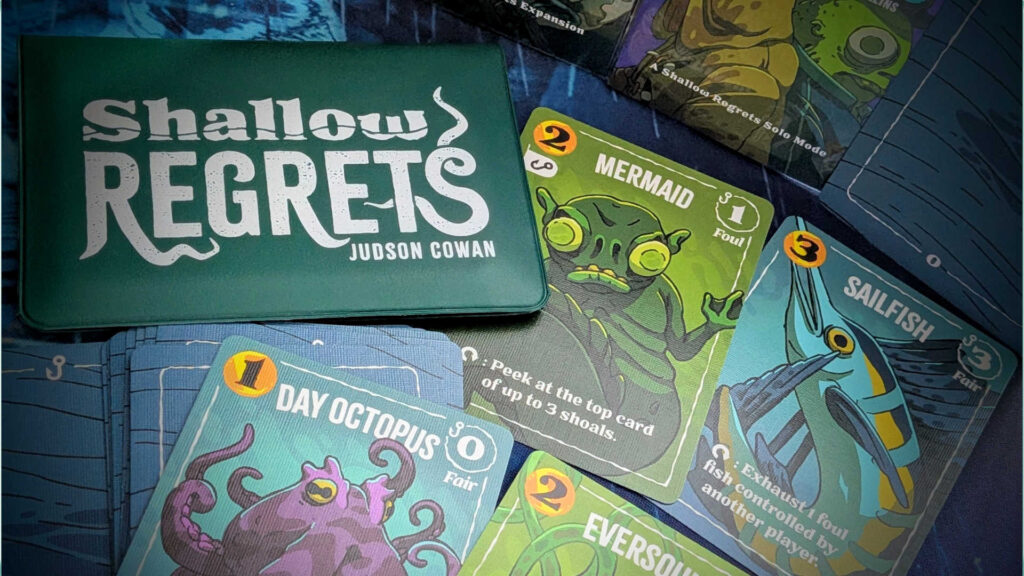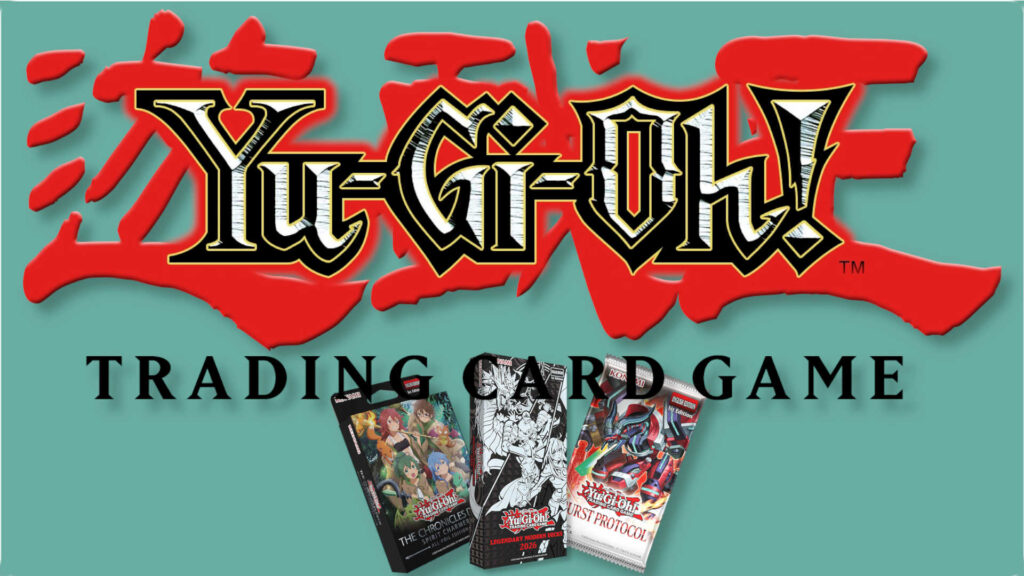Pro Tour Aetherdrift just wrapped up a week ago, with a ton of different deck archetypes showing up. This Standard metagame has proven to be pretty healthy overall, but of course a few decks found themselves rising to the top. If you want to succeed in Standard in either Arena or paper, you need to know the top decks and how they function. So let’s look at the Top Five Aetherdrift Standard decks!
Table of Contents
Toggle#5 – Golgari Graveyard (“Beans”)
Let’s start off with a deck that wasn’t really on anyone’s radar going into the Pro Tour. One of the weekend’s biggest stories is Zevin Faust’s incredible accomplishment of taking a Top 8 spot in his first ever Pro Tour, and with a relatively unknown deck, no less! Due to this breakout performance and the relative ease of putting the deck together on Arena (about half of the deck is made of commons and uncommons, and a lot of the rares are lands players will already have if they play frequently), I’d expect to see this deck pop up a lot more often as players check it out.
The game plan for Golgari Beans is straightforward: fill up the graveyard with your one-drops and Overlord of the Balemurk, land an Up the Beanstalk, then chain together big creatures like Hollow Marauder and Huskburster Swarm. These cards cost less when your graveyard is filled with creatures, but they’ll still trigger Up the Beanstalk to provide a steady stream of additional cards!
Today’s Standard metagame is no stranger to graveyard decks that want to get big creatures out early, but they’re usually more all-in than Golgari Beans. This deck combines a level of inevitability with the ability to quickly get on the board.
#4 – Esper Pixie
Esper Self-Bounce (and its less popular relative, Dimir Self-Bounce) aims to play cheap non-creature permanents like Stormchaser’s Talent, Hopeless Nightmare, and Nowhere to Run, then get them back in hand with cards like Nurturing Pixie, Fear of Isolation, and This Town Ain’t Big Enough to cast again.
Chances are, if you’ve played any Standard at all you’ve had your hand ripped apart and board decimated by these decks. Despite making up a huge portion of the field at the Pro Tour, the deck didn’t manage to land a spot in the Top 8. I believe players were very ready for this matchup, but it’s still more than powerful enough to earn a spot here.
Both versions of this deck start their game plan immediately, often with either a Hopeless Nightmare or Stormchaser’s Talent on turn one. Esper has potentially faster draws, with Nurturing Pixie letting them replay a one-mana permanent on turn two and Optimistic Scavenger acting as an additional way to apply offensive pressure. Dimir has slightly more consistent mana, but plays a little more slowly and borrows elements from Dimir Midrange, like Kaito, Bane of Nightmares.
#3 – Jeskai Oculus
As a big fan of the Azorius Oculus deck, I was really excited to see this new Jeskai variant pick up steam. I’ve seen a ton of it pop up since the Pro Tour and it definitely has some major advantages over the old builds. We still see the classic combination of Abhorrent Oculus and Helping Hand here, but supplemented with a more robust, aggressive game plan headlined by creatures like Fear of Missing Out and Steamcore Scholar! I’m very happy to see one of its pilots land a spot in the Pro Tour Top 8.
Jeskai Oculus spends less time spinning its wheels than its Azorius predecessor, but still has great card velocity. It can keep up early interaction like Torch the Tower and Spell Pierce, or it can come out swinging with Spyglass Siren (and sometimes Marauding Mako). Of course, it’s just as possible that you’ll see Abhorrent Oculus reanimated in the first few turns or just hard cast after filling the graveyard a few times! The deck has flexibility in its lines of play, and since it’s constantly drawing and discarding, it’ll see the right card for the situation frighteningly often.
#2 – Gruul Mice
Standard has several flavors of Red Aggro, but Gruul Aggro (or Gruul Prowess, or Gruul Mice) is currently the most popular and most powerful in a Best of 3 metagame. I talk a lot about Heartfire Hero and friends in my Standard articles for good reason. Bloomburrow’s Mice allow for frighteningly fast starts and demand immediate removal. On good draws, the deck can easily win on turn three!
Gruul retains most of the explosive potential of other Red Aggro decks, but with a more sustainable game plan. While other aggro decks like mono-red and Boros sometimes end the game more quickly, here we have Questing Druid “drawing” cards and Innkeeper’s Talent making every creature a potential game-ending threat. All Red Aggro variants tend to begin the game by playing Heartfire Hero or another one-mana threat, so pay attention to their lands to quickly identify which version you’re up against.
#1 – Domain Overlords
Many thought that Domain Control would fall out of favor when Bloomburrow rotated the Triomes out of the format. Of course, the deck instead continued to thrive post-rotation and was the clear winner of the most recent Pro Tour! With Matt Nass taking down the entire event and two other versions of the deck in the Top 4, there’s no question this is the deck to beat right now.
Standard’s premier five-color deck gets its mana online via the Murders at Karlov Manor surveil lands and Overlord of the Hauntwoods. It racks up incredible card advantage with Up the Beanstalk, and Zur, Eternal Schemer can turn your Overlords and Leyline Bindings into game-winning threats out of nowhere. The deck may not rely on counterspells the way more traditional control decks do, but if it survives the early game there’s no question it takes over the late game.
Domain Control is one of few decks in the format that doesn’t want to cast a spell turn one, usually opting to play a land and pass. It wants to spend the early game setting up, though they can slow the game down with removal and board wipes if needed. Expect them to curve Up the Beanstalk into Overlord of the Hauntwoods as often as possible.
Closing Thoughts on Aetherdrift Standard
Aetherdrift Standard offers a ton of diversity in game play and deck construction. I think there’s a lot to take in just in these five decks, but you could easily argue for other decks to be in the Top 5 instead. We still have several flavors of midrange, Convoke decks, traditional control, and so, so much more beyond that. That said, I hope you enjoyed looking over these decks and hope to see you back next time!
Want to read about a completely different Standard deck? I just did a breakdown of Selesnya Midrange; check it out!




